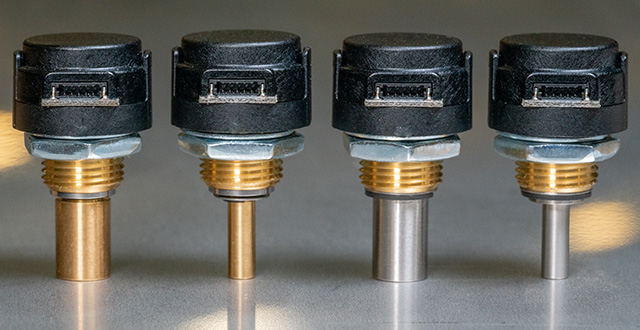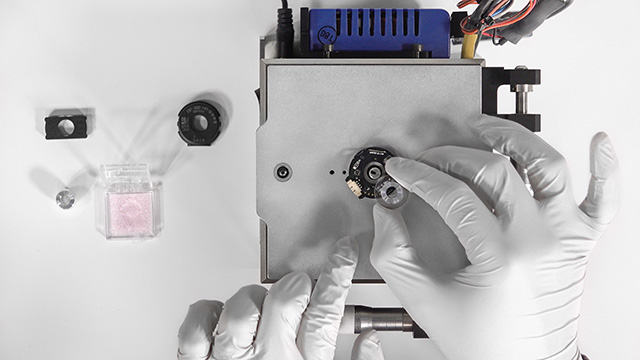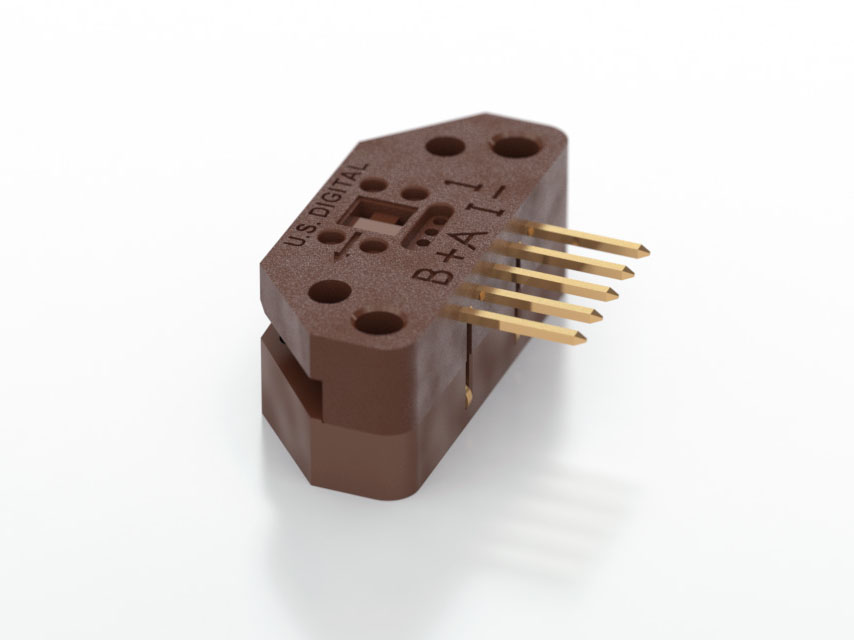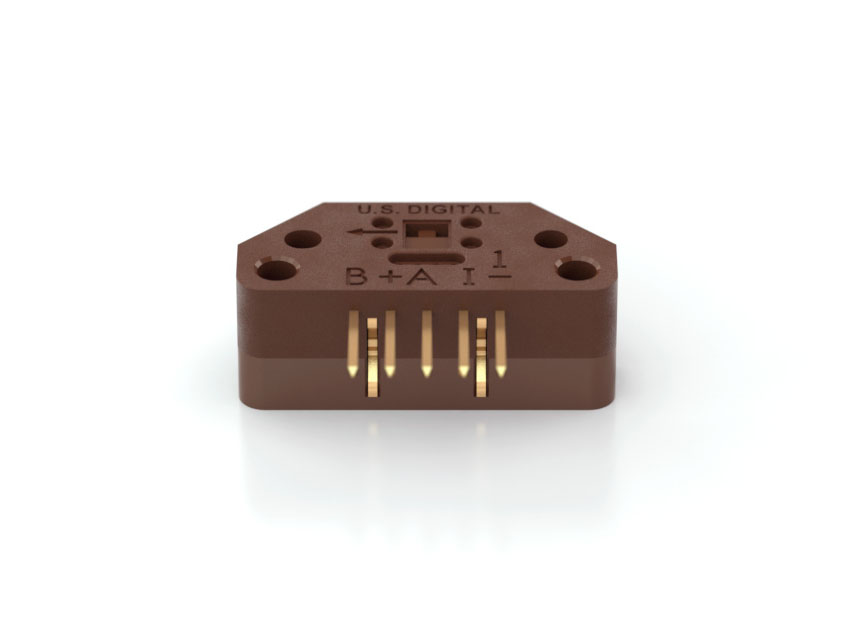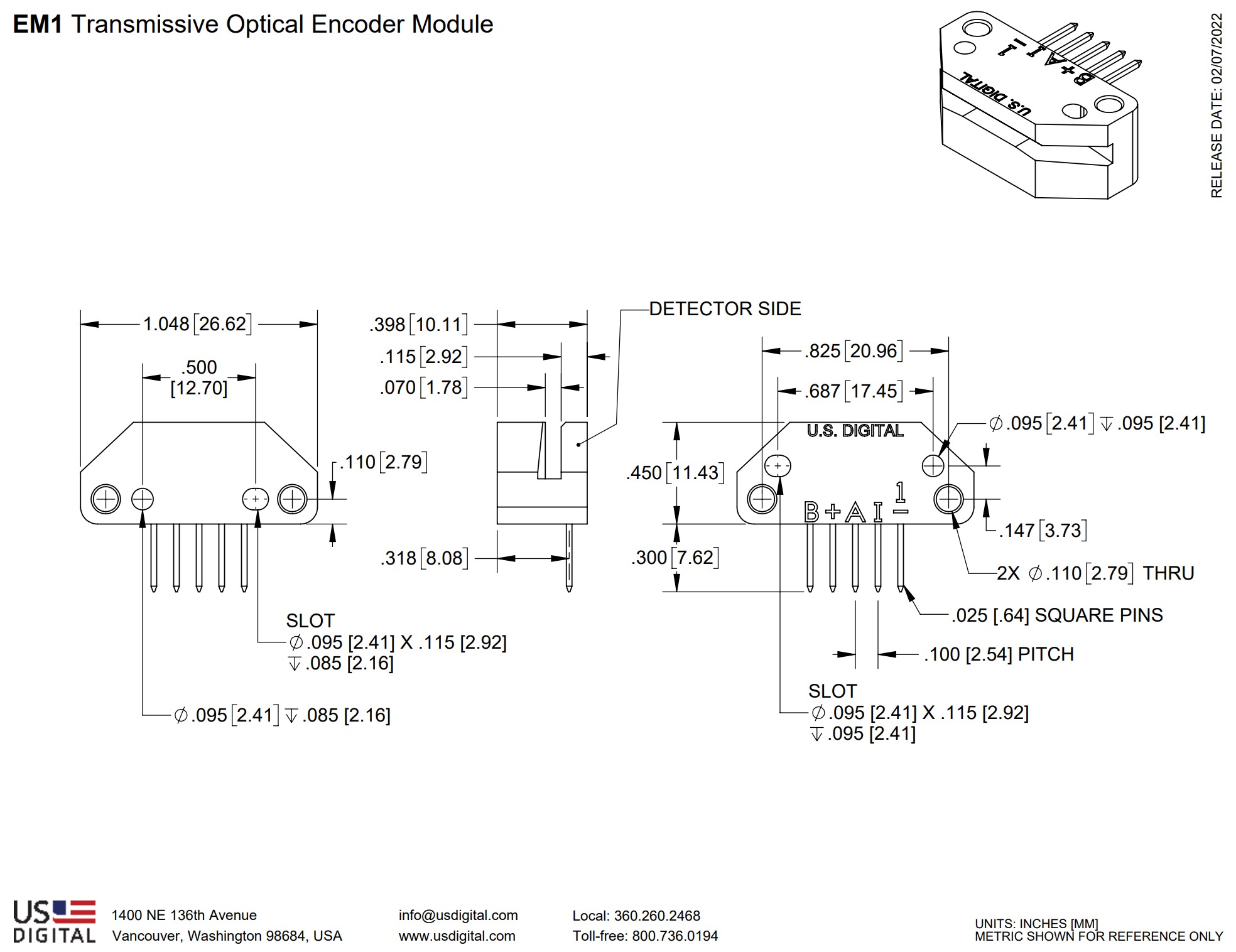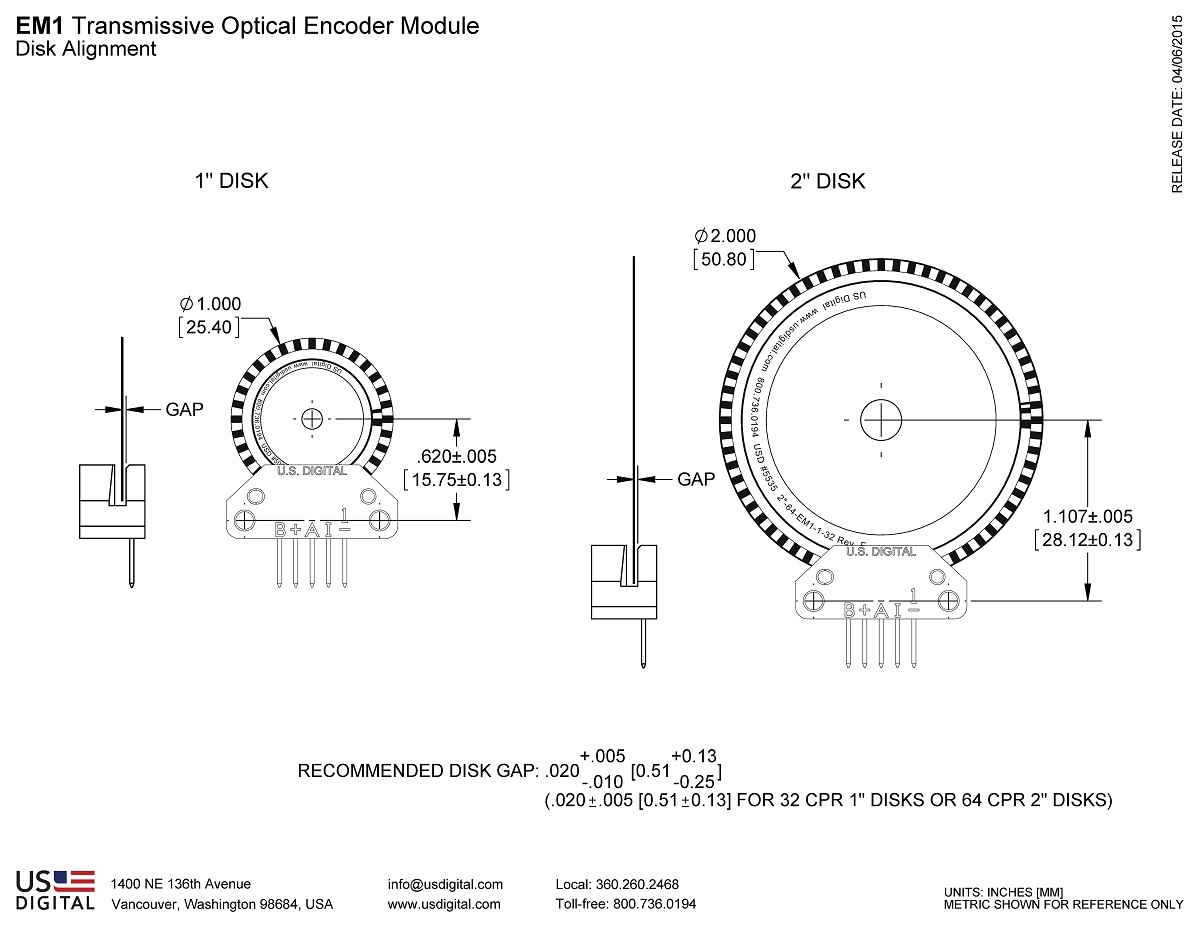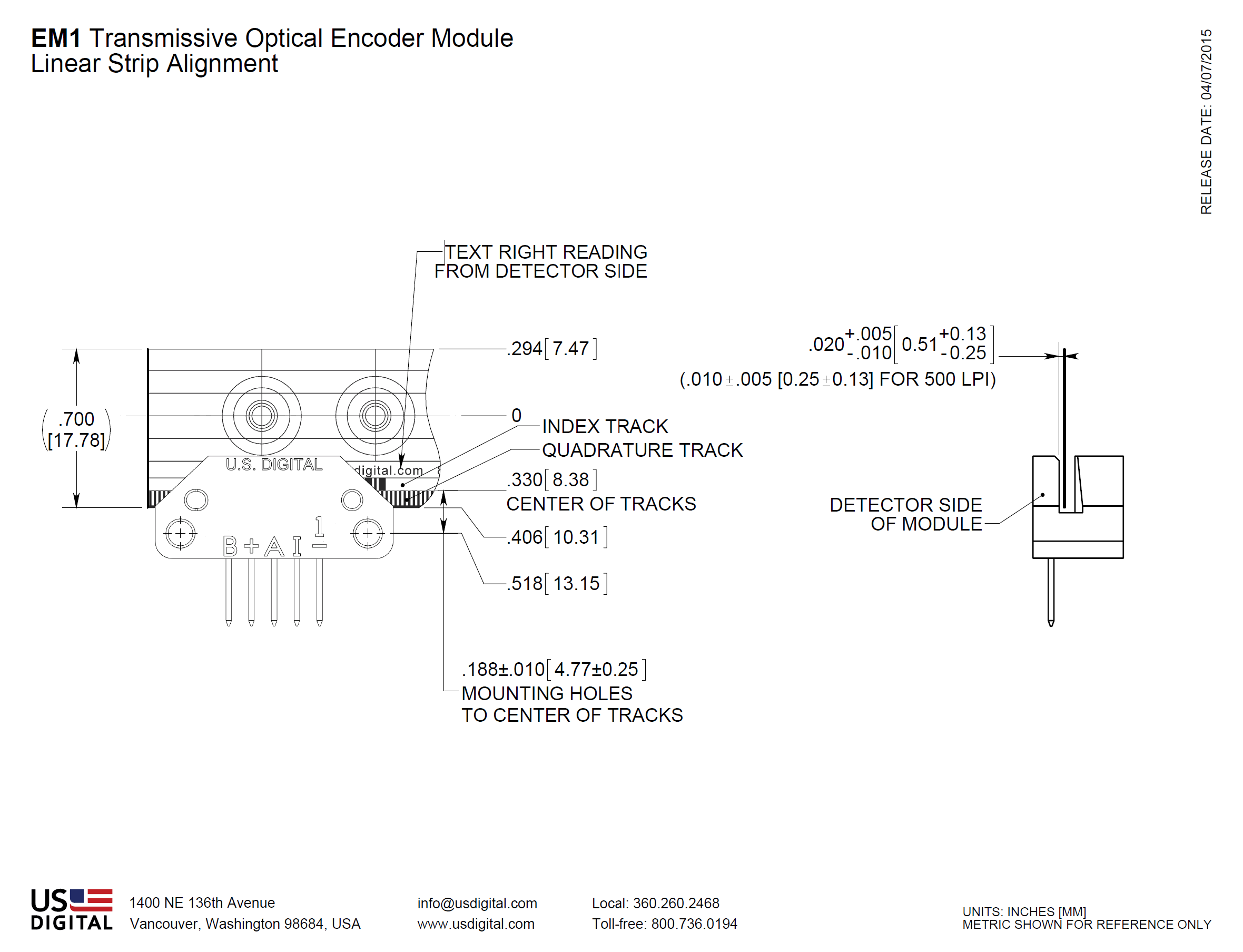ENCODING CHARACTERISTICS:
- Specifications apply over the entire operating temperature range.
- Values are for the worst error over full rotation.
- Refer to the timing diagram below.
| PARAMETER |
SYMBOL |
MIN. |
TYP. |
MAX. |
UNITS |
| Symmetry |
X, Y |
150 |
180 |
210 |
°e |
| Quadrature |
Z |
60 |
90 |
120 |
°e |
| Index Pulse Width |
Po |
40 |
90 |
120 |
°e |
| Ch. I Rise After Ch. B or Ch. A Fall |
t1 |
50 |
100 |
200 |
ns |
| Ch. I Fall After Ch. B or Ch. A Rise |
t2 |
-10 |
15 |
25 |
ns |
TIMING DIAGRAM:

CPR: The number of Cycles (C) of the A or B outputs Per Revolution.
Cycle Error: An indication of cycle uniformity. The difference between an observed shaft angle which gives rise to one electrical cycle, and the nominal angular increment of 1/CPR of a revolution.
Index (I): The index output goes high once per revolution, coincident with the low states of channels A and B, nominally 1/4 of one cycle (90 °e).
LPI: Lines Per Inch. The number of Cycles (C) of the A or B output per inch of linear strip movement.
One Shaft Rotation: 360 mechanical degrees.
One Electrical Degree (°e): 1/360th of one cycle.
One Cycle (C): 360 electrical degrees (°e). Each cycle can be decoded into 1 or 4 states, referred to as X1 or X4 resolution multiplication.
PPR: The number of resolvable Positions Per Revolution of the encoder disk with x4 quadrature decoding.
Quadrature (Z): The phase lag or lead between channels A and B in electrical degrees, nominally 90 °e.
Symmetry: A measure of the relationship between (X) and (Y) in electrical degrees, nominally 180°e.
